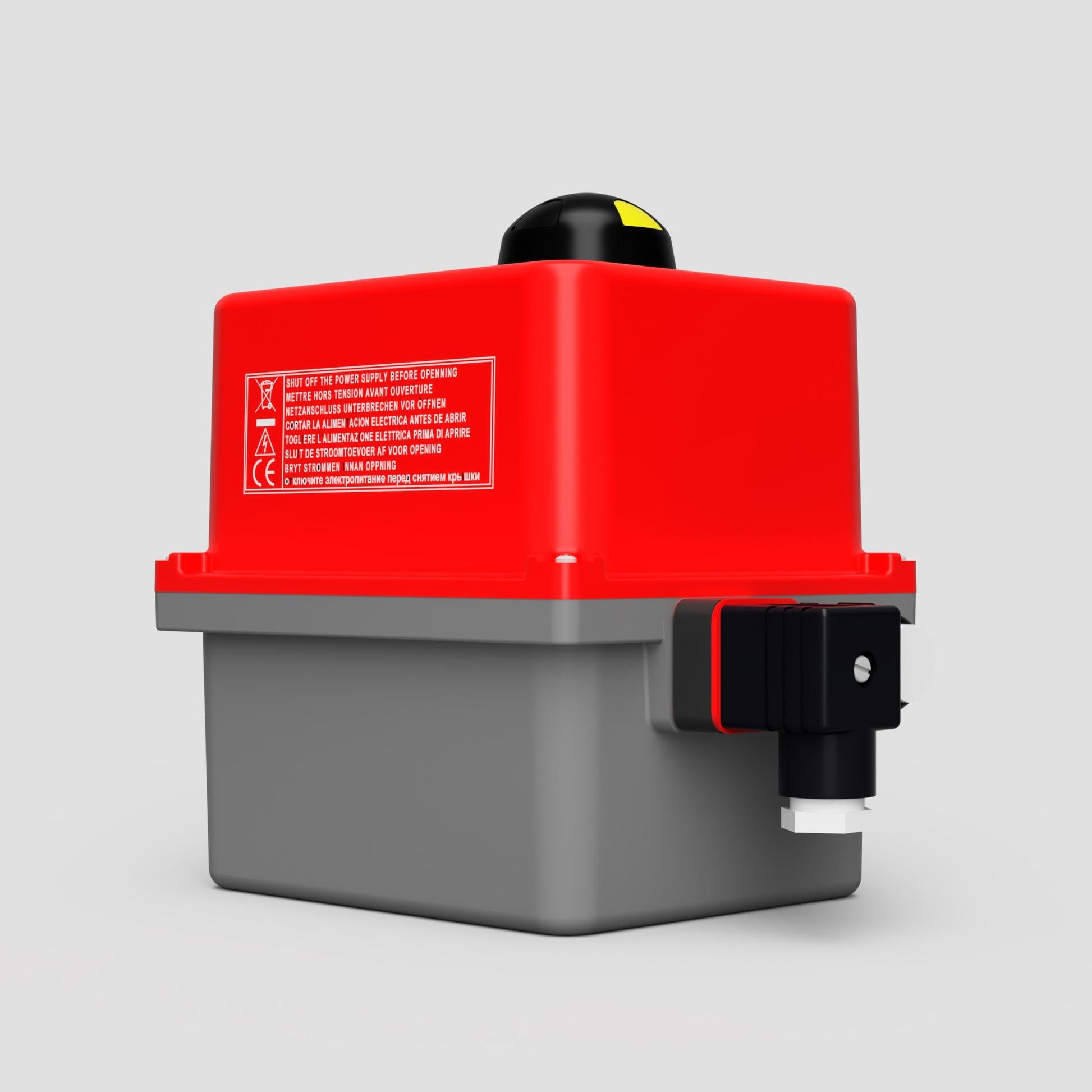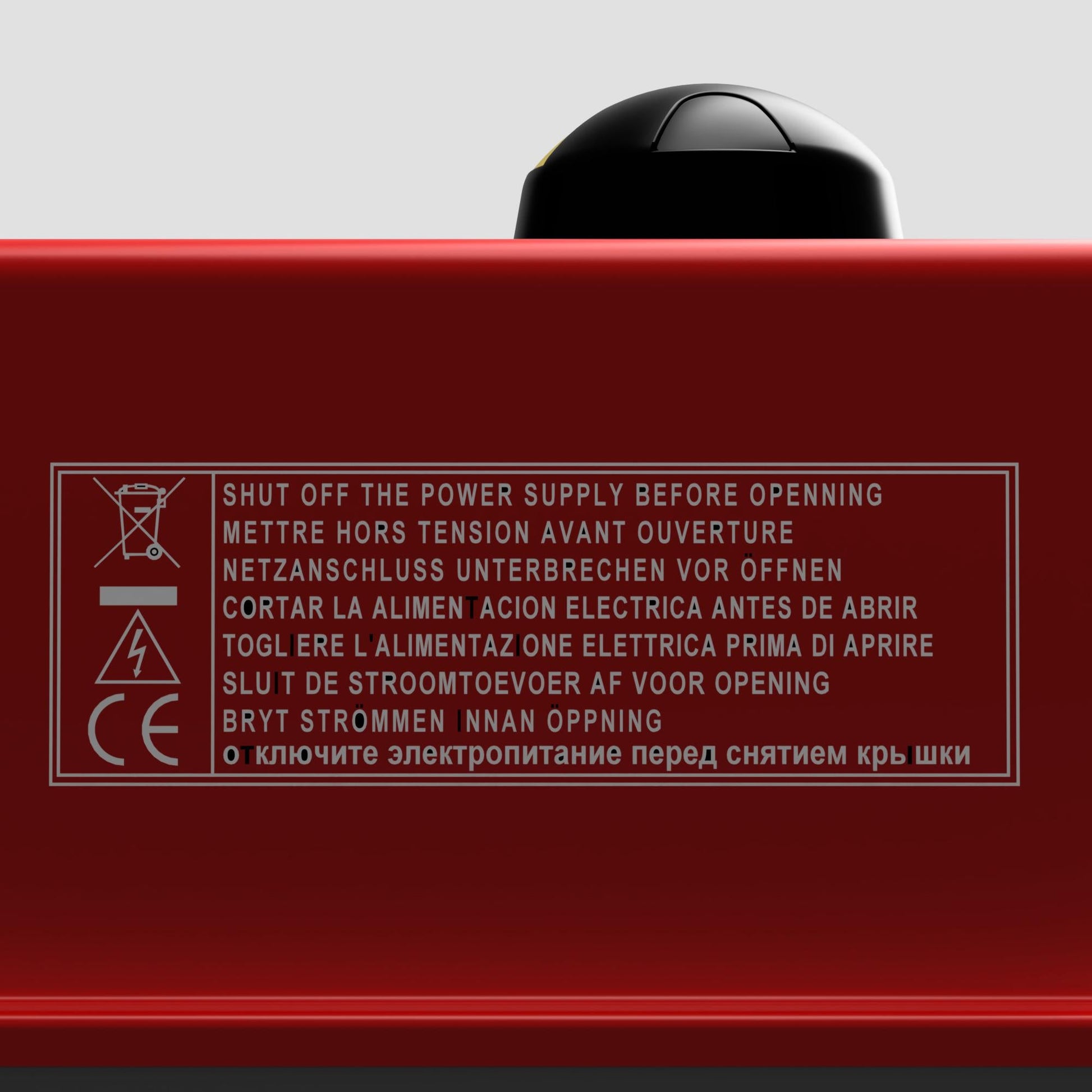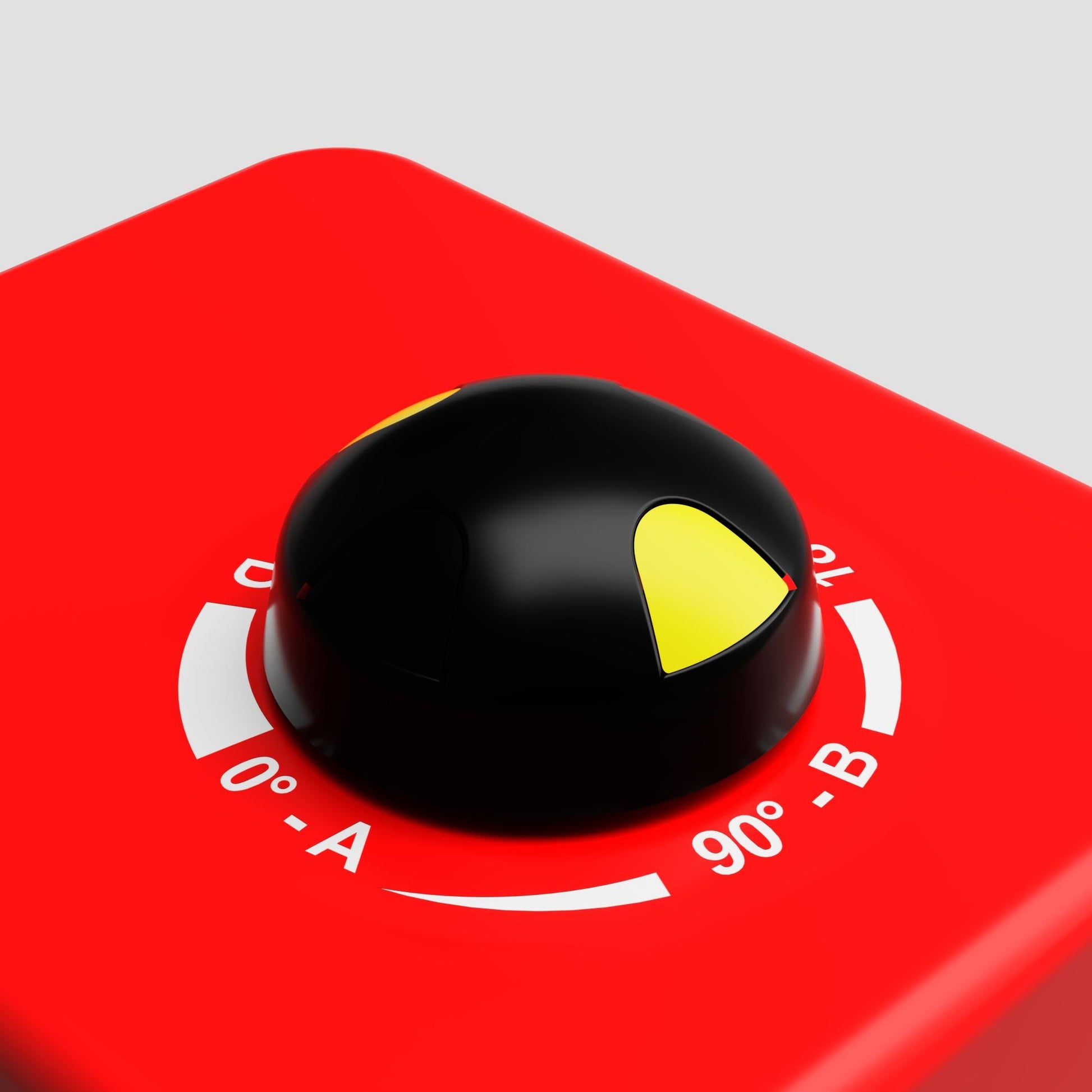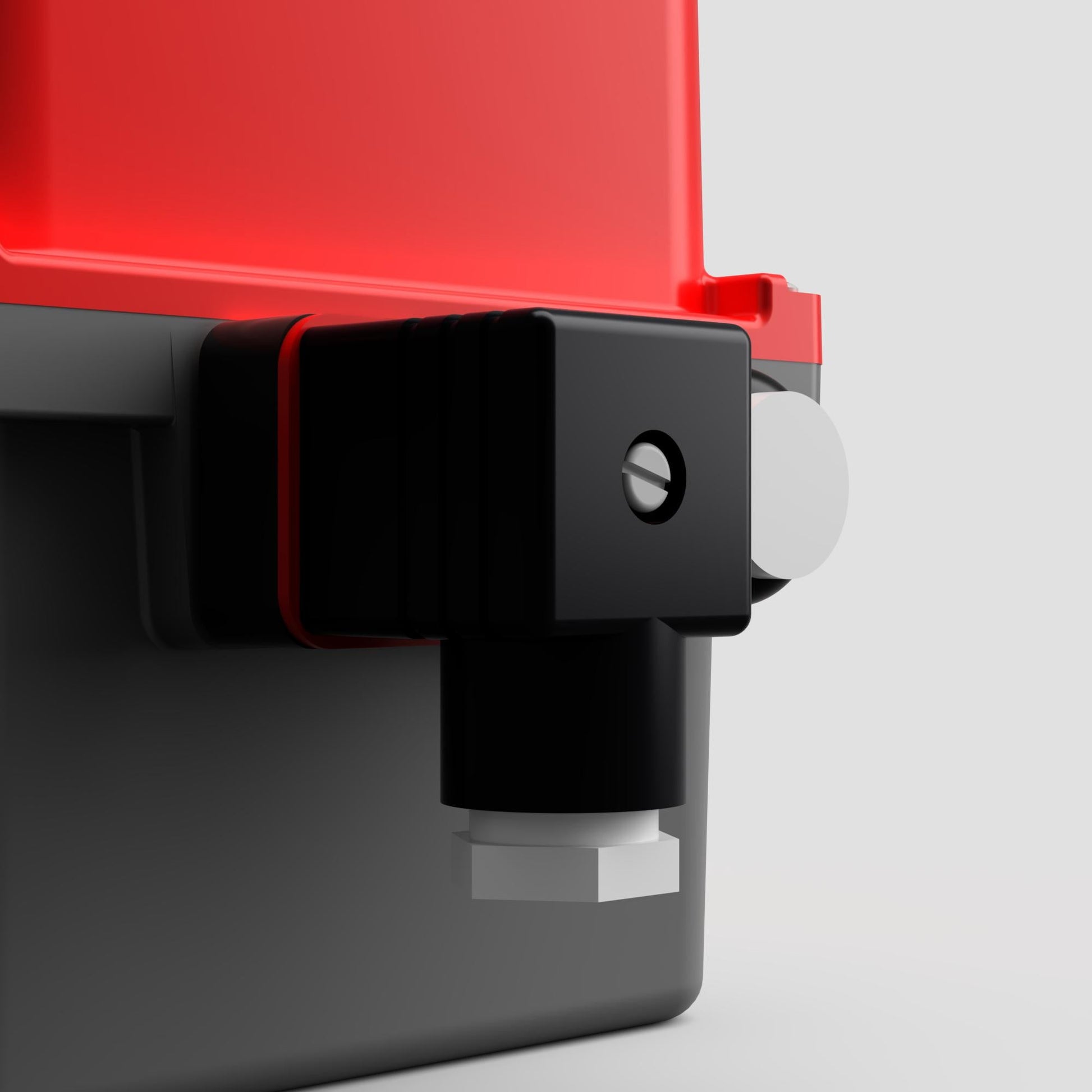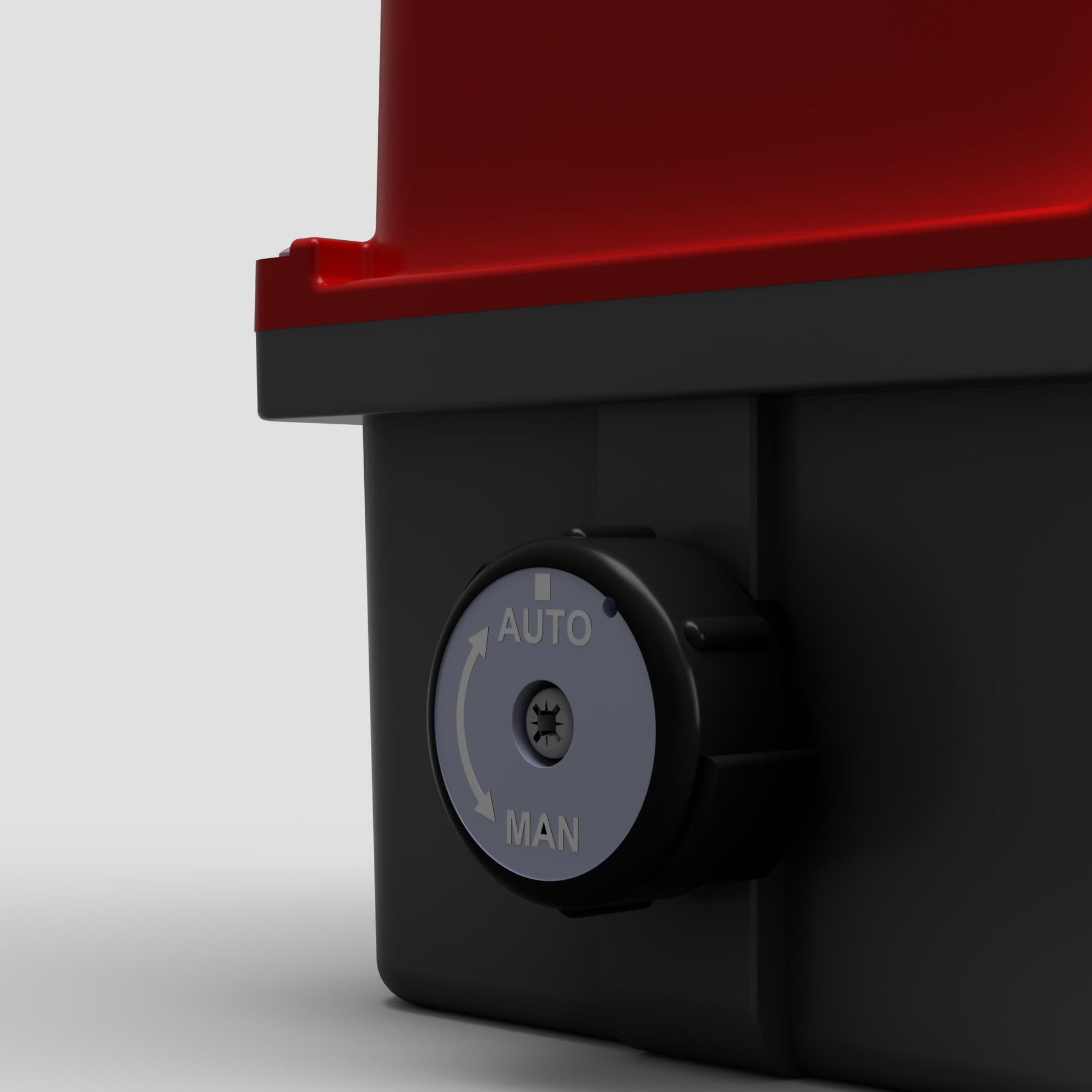Bronze Valves
Valpes ER Plus Electric Actuators
Valpes ER Plus Electric Actuators
Couldn't load pickup availability
Valpes ER Plus Electric Actuators – 90° Control with Multivolt Flexibility
The Valpes ER Plus Electric Actuator is a high-performance 90° rotary actuator engineered for demanding automation environments. Designed with a PA6 housing rated UL 94 V0 for excellent flame resistance, this compact unit offers torque outputs from 20 to 100 Nm. It comes standard with a secured manual override and supports MULTIVOLT inputs for simplified integration. With compliance to CE, ROHS, and REACH directives, the ER Plus range ensures safety, sustainability, and performance across a wide range of valve control applications.
Suitable for industrial users who demand reliable, fast, and precise electric actuation, the Valpes ER Plus supports operating times from 6 to 22 seconds in the standard model, with optional FASTSTOP models for quicker responses. A tough IP65 enclosure offers durability in dust-prone or wet environments, reinforcing its status as a trusted actuator for industrial valve automation.
Key Features
Torque Flexibility (20–100 Nm)
Adapts to a range of applications with secured manual override – perfect for ensuring safe operation and effective control in case of power loss or system adjustments.
Fast Operation Options
Choose between standard operating times of 6–22 seconds or opt for the FASTSTOP version for rapid actuation (1.5–6 seconds), tailored for quick-response requirements.
Flame-Resistant PA6 Housing (UL 94 V0)
Built to withstand heat and harsh conditions, the actuator is enclosed in a high-resistance PA6 body and rated IP65 for protection against dust and water.
MULTIVOLT Compatibility
Simplifies installation and integration by supporting a wide range of input voltages, reducing the need for different actuator variants.
CE, ROHS, REACH Compliant
Manufactured to meet strict European safety, environmental, and health standards—ensuring peace of mind for global operations.
Share
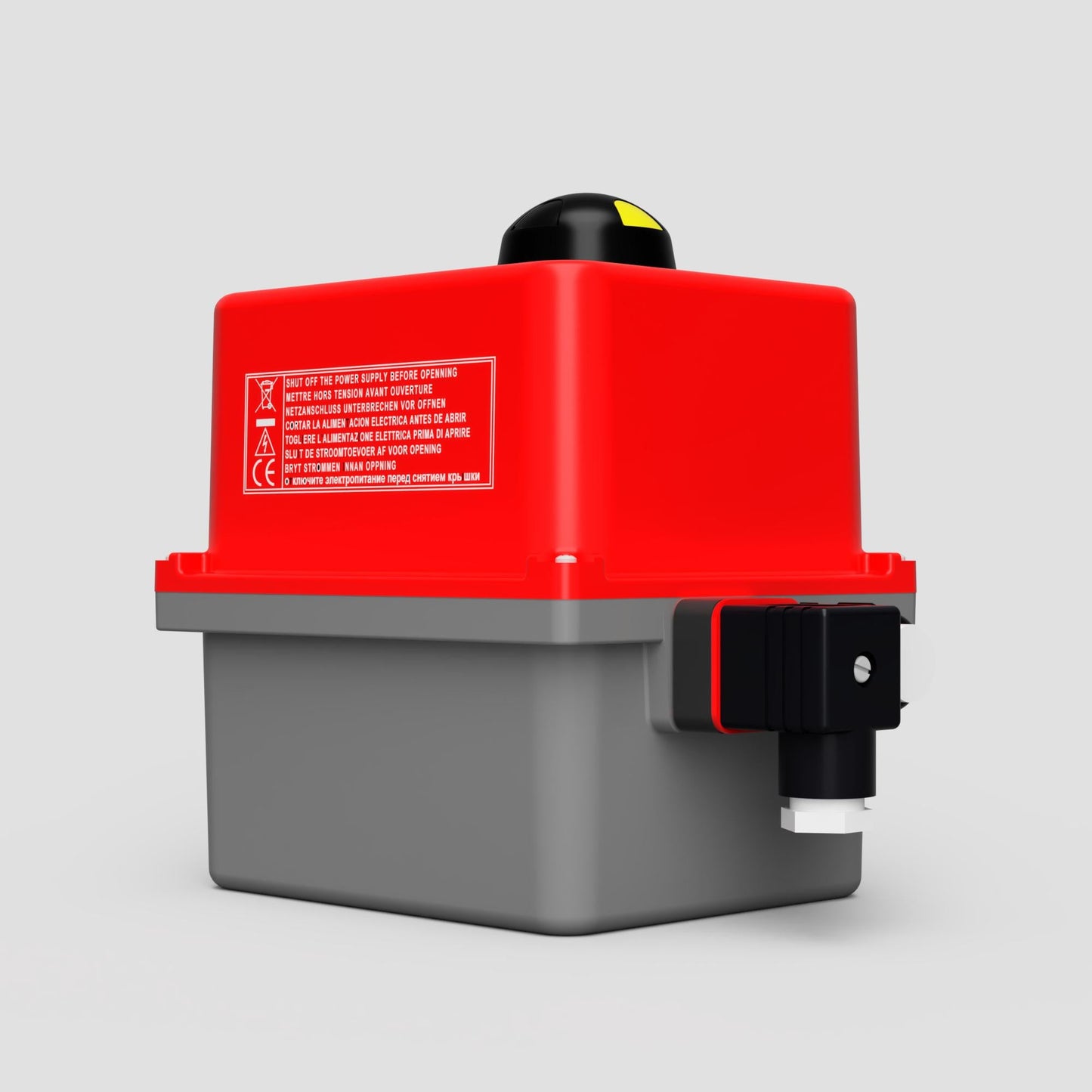
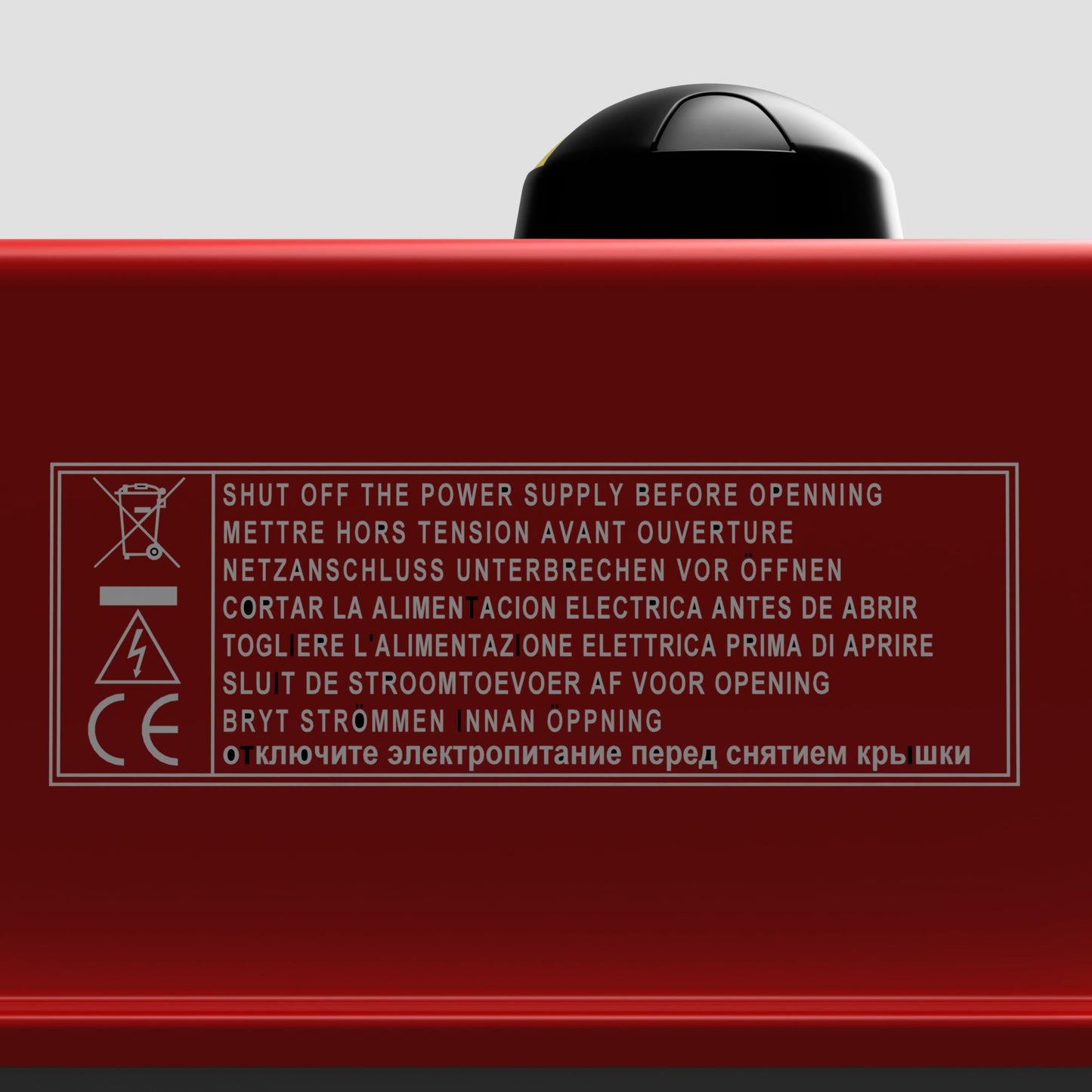
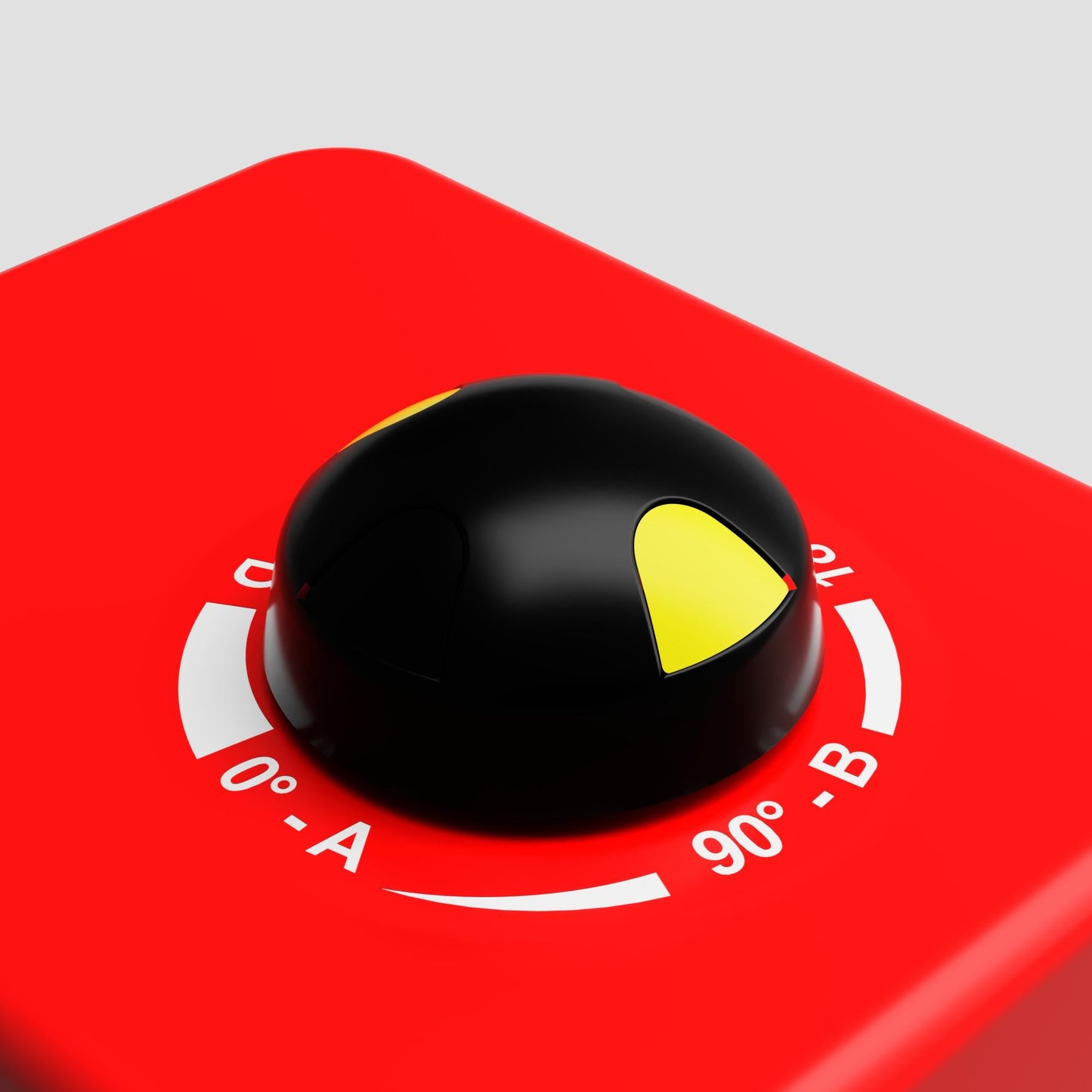
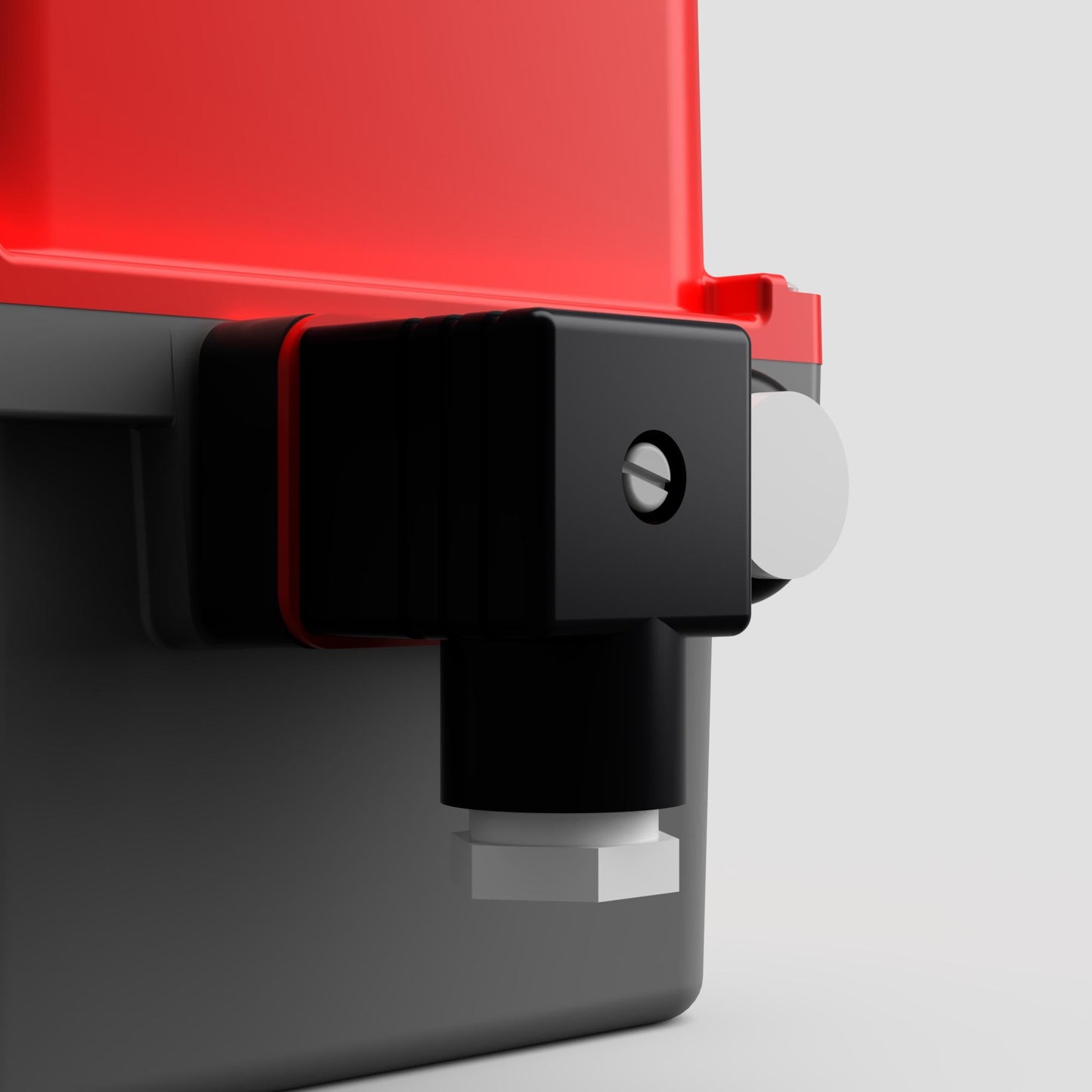
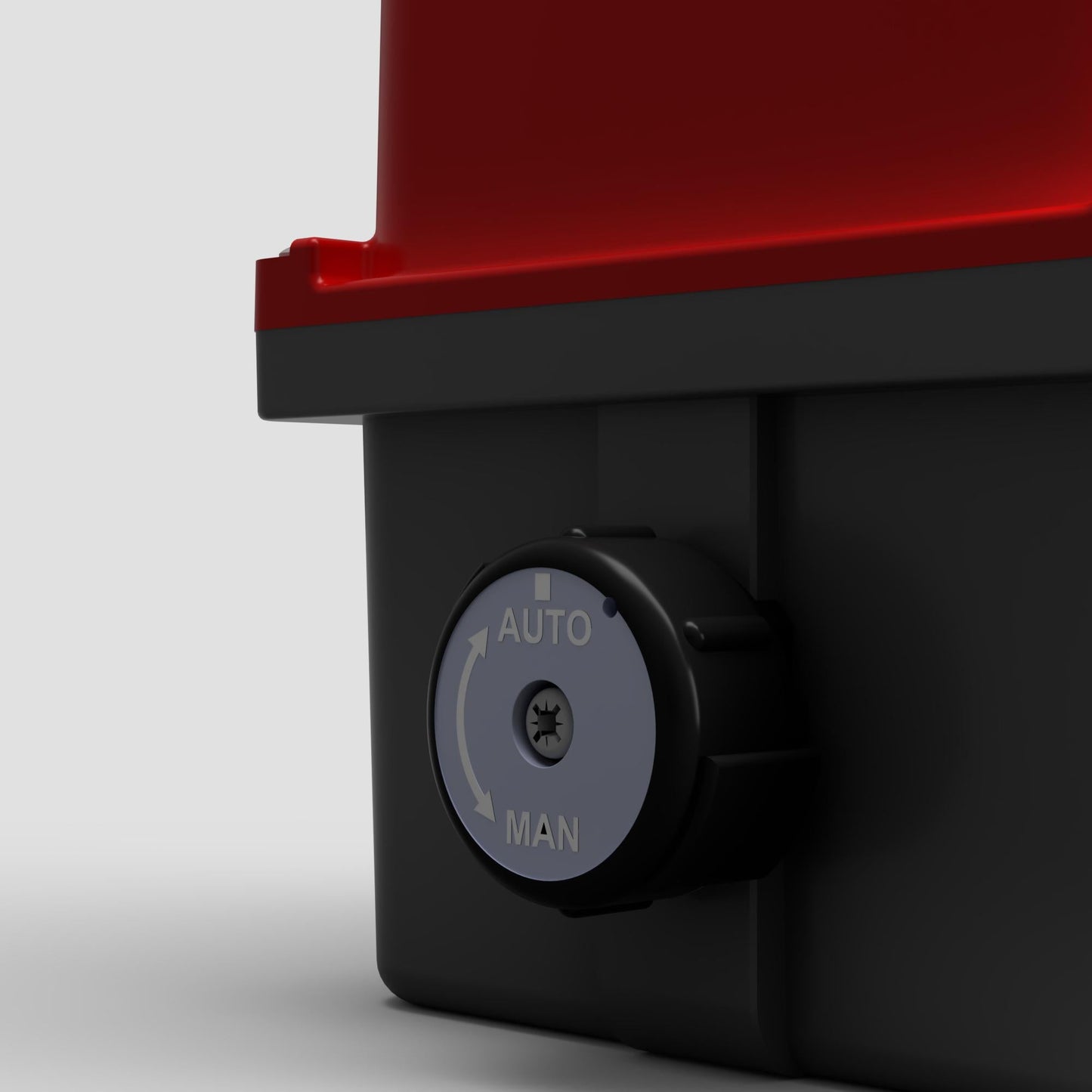
FAQ's
What is the difference between a valve and an actuator?
What types of actuators are available?
The main types of actuators are:
Pneumatic actuators – use compressed air for fast, reliable operation.
Electric actuators – use electrical power for precise control.
Hydraulic actuators – use fluid pressure for high-torque applications.
Each type offers unique advantages depending on the environment, media, and system control needs.
How do I choose the right actuator for my valve?
To select the correct actuator, consider:
Valve type and torque requirement
Power source available (air, electric, or hydraulic)
Operating environment (temperature, humidity, hazardous area)
Control signal type (on/off or modulating)
Matching actuator torque and compatibility with the valve’s ISO mounting ensures reliable performance.
What are the main types of valves used in automation?
The most common valves in automated systems include:
Ball valves – for tight shutoff and quick operation.
Butterfly valves – for larger flow control with compact design.
Globe valves – for precise throttling and flow regulation.
Check valves – to prevent backflow.
Gate valves – for full bore flow isolation.
What’s the difference between a double-acting and spring-return actuator?
Double-acting actuators use air (or power) to both open and close the valve.
Spring-return actuators use air to open (or close) the valve, and a built-in spring to automatically return it to a safe position when power or air is lost — ideal for fail-safe operation.
How often should valves and actuators be serviced?
Regular maintenance intervals depend on operating conditions, but a good rule of thumb is to inspect every 6–12 months.
This includes checking for leaks, lubrication, seal wear, and actuator responsiveness to prevent unexpected downtime.

